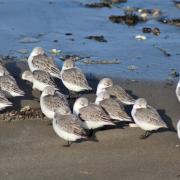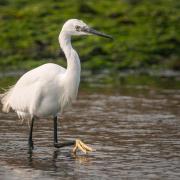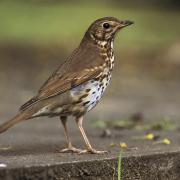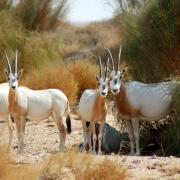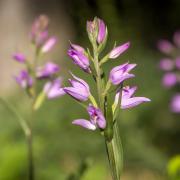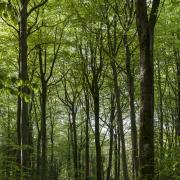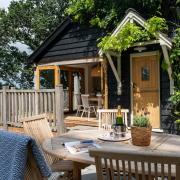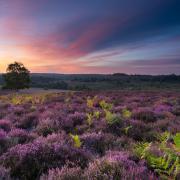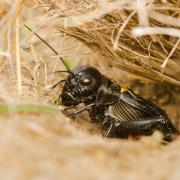Deborah Griffiths from The Wildlife Trust says creating a prize wildlife garden does not mean weeds and overgrowth

Many gardeners are shy of wildlife gardening, maybe they lack confidence in their abilities or shudder at the thought of leaving the garden to ‘go wild’. This is the problem with wildlife gardening, it has an unfortunate image, we imagine an untidy mess or that you need to be an experienced gardener to try. Worse still the name ‘wildlife gardening’ sometimes makes people feel guilty for not turning their garden into a nature reserve. We garden for many reasons but we often garden for pleasure, we want to enjoy our gardens not feel excluded from them.
What if I told you that wildlife gardening is actually about practising good garden management? Good management is creating the right balance. This is all very well me saying this when you have a vast horde of slugs aiming for your Hostas. The reason the slugs are in such numbers is usually because there is a natural imbalance of predators and prey within the garden. Thankfully slugs, aphids and many other animals we think of as garden pests are very low on the food chain and are eaten by lots of animals like blackbirds, frogs, ground beetles and hedgehogs. Attracting these animals that won’t wreak havoc in your garden can really help keep the numbers in check.
One of the simplest ways of enticing wildlife to you garden is to provide nectar rich plants, as these attract the insect life other animals feed upon. Nectar rich garden plants are easy to grow, are superb for wildlife and often have showy flowers; like the single flowered Hollyhock or Echinacea.
The RHS Perfect for Pollinators scheme has lists of suitable plants for every season. Native plants may also be nectar rich, beautiful and easily grown in a garden setting. Once established, many natives provide the natural food plants for the larvae of insects that help attract wildlife as well as seeds.
Good management can also be about making small changes, like altering your watering regime from the evening to the early morning; slugs are nocturnal and enjoy the moist conditions evening watering creates. Leaving dead herbaceous stems on the plants over winter not only helps wildlife to hibernate, but can help protect the plant against frost damage. With some very simple changes you can help local wildlife, while still managing a beautiful people friendly garden.
It may be that you already garden in a wildlife friendly way, in which case we’d love to thank you by inviting you to apply for the Wildlife Gardening Award Scheme we have at the Hampshire & Isle of Wight Wildlife Trust. It is free and simple to apply for. We have four categories - Food, Water, Shelter and Sustainability and you need to choose two items that you do in your garden from each category to qualify for the award. When you win an award you will be sent a plaque for your garden, a certificate and a Wildlife Gardening poster. Even if you are not sure you qualify, you can check the application form and use our Wildlife Gardening website pages to help give wildlife a warm welcome.
If you are interested in knowing more about wildlife gardening we have produced a Wildlife Gardening Information Pack full of hints and tips about how to make changes to your garden to help wildlife.
For full details of all aspects of Wildlife Gardening and how to gain the award, please see the Trust’s website: www.hiwwt.org.uk/wildlife-gardening or email wildlifegardening@hiwwt.org.uk--------------------------------------------------Read onPeter Hutchings from the Wildlife Trust on our connection with the badgerNew byelaws secure the long-term future of Solent seagrassButterflies to look out for in Hampshire






